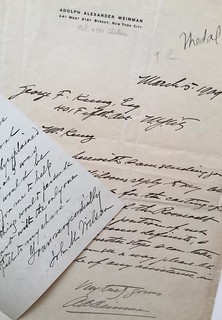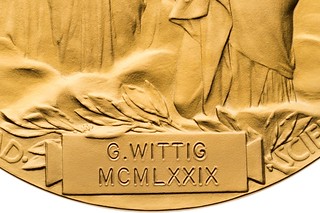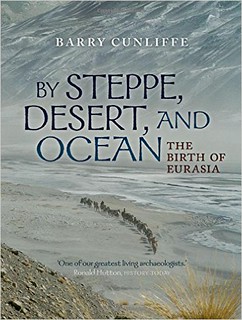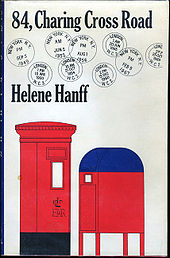
PREV ARTICLE
NEXT ARTICLE
FULL ISSUE
PREV FULL ISSUE
NOTES FROM E-SYLUM READERS: OCTOBER 16, 2016More on George Kunz
Kunz' name was once used as a threat to the Philadelphia Mint: if the Mint delayed issuing the Saint-Gaudens' $10 and $20, President Roosevelt proposed to send Kunz and a few others to the Mint to supervise the work. Thanks! Great story. -Editor
To read the earlier E-Sylum article, see: Notes from David Lange
Another thing that caught my attention is the story about the NNP adding Sample Slab News to its library. There was mention of a chocolate Franklin Half Dollar slab put out by PCGS. It's possible that company may have created such an item, but it may also be that someone is confusing it with the one NGC produced in the early 1990s. When I joined that company in '94 we were giving out these chocolate slabs at coin shows. Each was a full size replica of an early NGC holder made entirely of chocolate and covered in gold-colored foil. Molded into it was the image of a Franklin Half Dollar dated 1953, as I recall. These were already old at the time, a discovery I made when attempting to "sample" the sample. It was more than a bit stale. Thanks for both updates. I love chocolate, but not that much... -Editor
To read the earlier E-Sylum articles, see: Young Numismatists of America: How Old? There have been numerous installments in E-Sylum giving the history of Young Numismatists of America. I was a member during my high school years, the first half of the 1960s. It had been started by a young man who lived in Flushing NY. He issued a newsletter and I wrote the coin quiz for it. Unfortunately, I cannot remember his name. But organizations with that name go back farther than I have seen mentioned. Thanks. I more thorough review of the coin publicatibos of the day might reveal more information than today's readers are aware
of. -Editor
To read the earlier E-Sylum articles, see: By Steppe, Desert, and Ocean Fearing the discussion of a Roman coin in Japan would soon be explained by the intercession of extraterrestrials, I thought I might suggest a more prosaic explanation.
It clearly shows how exotic goods moved in both directions on the Silk Road, and exchange between China and Japan extended the trade route out into the Pacific. The Roman coin could easily have travelled from the west along the route and found a new home in Japan as a curiosity. No single traveler needed to carry the coin on its journey because down-the-line-trade would have done the job - one traveler passing the coin to the next as it went on its way. Cunliffe's ideas should be carefully considered before the find is used as evidence for all sorts of strange events. Thanks. I added an image of the book's cover. It's available for sale on Amazon (isn't everything?). -Editor
84, Charing Cross Rd. The shot of the interior of 84, Charing Cross Rd. brought all sorts of memories flooding back. I still have wonderful books I bought there when I worked on Denmark St in the 1990s. That is, when I could get past Foyles. But even more the picture which is of the period immediately invoked memories of the Helene Hanff book 84, Charing Cross Road one of the great bibliomaniac reads of the 20th century. First published in 1971, the book is still in print and here is a blurb from Amazon that captures the joy of the book and the reader's journey through it.
"Two years later, Hanff is outraged that Marks & Co. has dared to send an abridged Pepys diary. "I enclose two limp singles, I will make do with this thing till you find me a real Pepys. THEN I will rip up this ersatz book, page by page, AND WRAP THINGS IN IT." Nonetheless, her postscript asks whether they want fresh or powdered eggs for Christmas. Soon they're sharing news of Frank's family and Hanff's career. No doubt their letters would have continued, but in 1969, the firm's secretary informed her that Frank Doel had died. In the collection's penultimate entry, Helene Hanff urges a tourist friend, "If you happen to pass by 84, Charing Cross Road, kiss it for me. I owe it so much." I first entered 84, Charing Cross Road to honor Hanff but went back again and again to keep up with the books. Great story, one that all bibliophiles can relate to. The book was made into a film with Anne Bancroft and Anthony Hopkins.
-Editor
To read the earlier E-Sylum article, see: 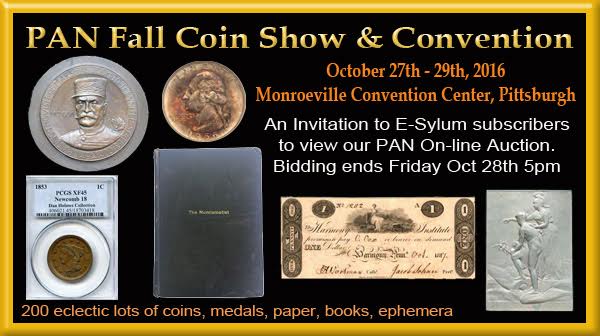 Wayne Homren, Editor The Numismatic Bibliomania Society is a non-profit organization promoting numismatic literature. See our web site at coinbooks.org. To submit items for publication in The E-Sylum, write to the Editor at this address: whomren@gmail.com To subscribe go to: https://my.binhost.com/lists/listinfo/esylum All Rights Reserved. NBS Home Page Contact the NBS webmaster 
|
